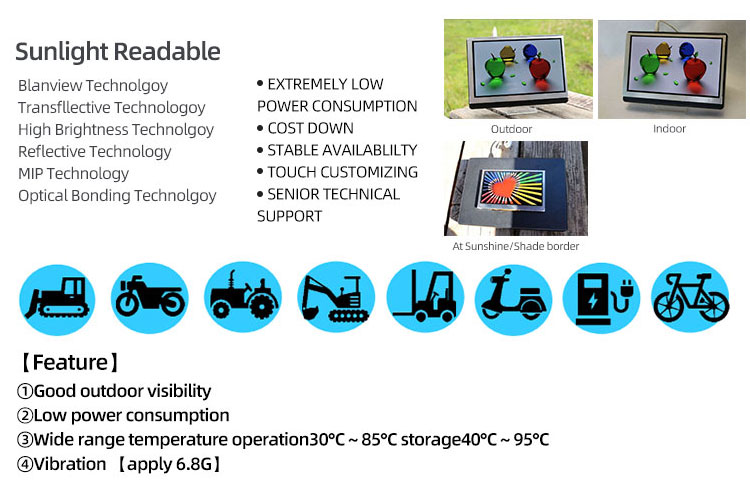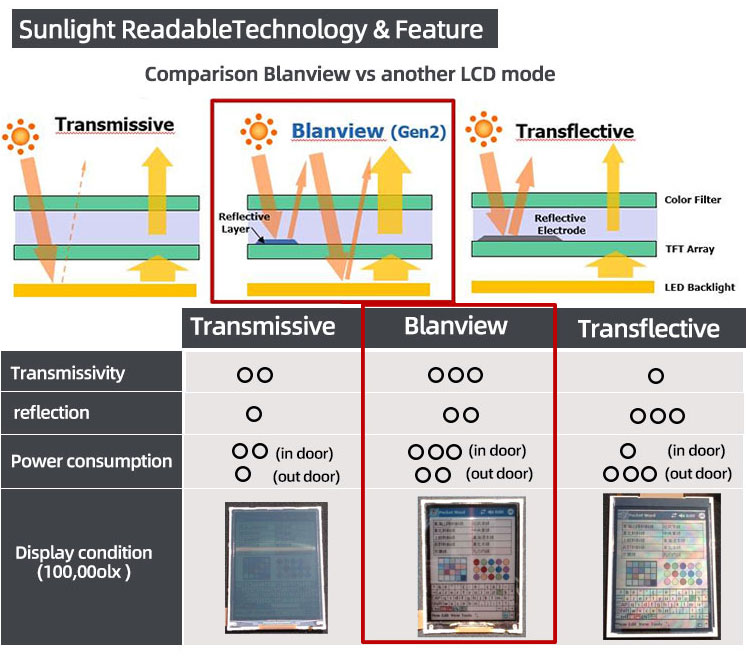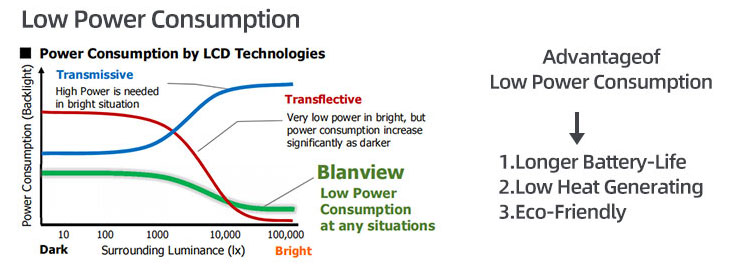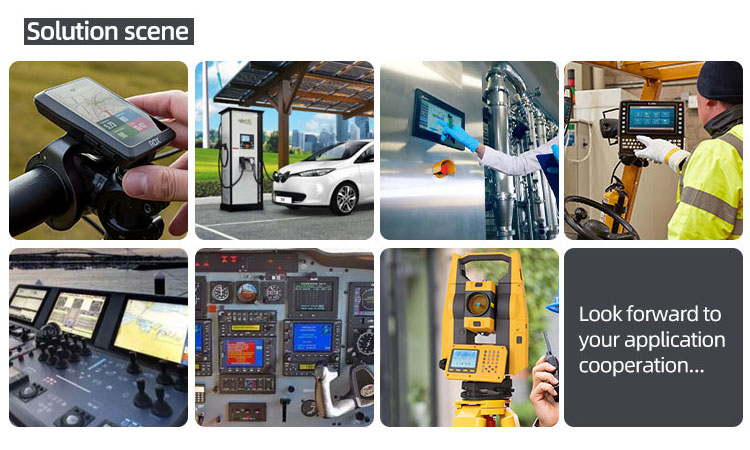Reflective LCD Displays
Reflective displays are a type of screen technology that relies entirely on ambient light for visibility. Instead of using a backlight (like in traditional LCD or OLED screens), these displays use a reflective layer to bounce light from the environment back through the display to make the content visible. This is similar to how paper works—light from the surroundings is reflected back toward your eyes, allowing you to see the text or images on the screen.

Key Characteristics of Reflective Displays:
No Backlight: Reflective displays don’t require a backlight, which makes them very power-efficient. They only use power when the content on the screen changes (e.g., switching pages on an e-reader).
Relies on Ambient Light: The visibility of the display is directly dependent on the amount of light in the environment. In bright light (such as sunlight), these displays are very readable, but in dark environments, they become difficult to read because they have no internal light source.
Power Efficiency: Because they don't need a backlight, reflective displays are incredibly power-efficient, often drawing very little energy when the display content doesn't change. This makes them ideal for battery-powered devices like e-readers.
Visibility in Bright Environments: Reflective displays excel in bright sunlight or well-lit environments. Since they use ambient light, they are easily readable even in direct sunlight, unlike traditional screens that may become washed out.
Limited Color and Dynamic Content: Reflective displays tend to be monochromatic or have limited color capability, especially in the case of technologies like e-ink. They also aren’t ideal for fast-moving content, as they often have slower refresh rates compared to traditional displays.

Common Types of Reflective Displays:
E-Ink (Electronic Ink): E-ink is one of the most popular forms of reflective displays, especially in e-readers like the Amazon Kindle. E-ink screens use microcapsules filled with charged particles that rearrange based on the input signal, creating text or images that look like ink on paper.
Mirasol: Another reflective display technology that uses interferometric modulation to reflect light, providing color displays. It has been used in some early smartphones and smartwatches but hasn’t seen widespread adoption.
Advantages of Reflective Displays:

·Excellent Outdoor Readability: Reflective displays are extremely readable in bright sunlight, where traditional backlit displays can struggle.
·Battery Efficiency: Since they don't need a backlight, they consume very little power, which is great for long battery life in portable devices.
·Natural Appearance: The display can appear much like paper, which many users find more comfortable for reading, especially over long periods of time.
Reflective Displays Applications:
·E-Readers (Amazon Kindle, Kobo)
·Outdoor/Adventure Smartwatches (Garmin, Pebble)
·Digital Signage & Public Displays (Bus Stops, Wayfinding Signs)
·Medical Equipment (Portable Diagnostic Devices)
·Wearable Devices (Fitness Trackers, AR Glasses)
·Outdoor Electronics (GPS Units, Cameras)
·Smart Tags and Labels (RFID, Smart Inventory Tags)

Reflective Displays Trends
1.Color reflective displays are emerging, expanding their potential for dynamic applications.
2.Improved refresh rates allow for better performance in dynamic content.
3.Hybrid (reflective + transmissive) displays are becoming more common, providing flexibility in various lighting conditions.
4.Flexible displays are enabling new applications in wearables, textiles, and unconventional form factors.
5.Energy harvesting integration enhances the already impressive power efficiency of reflective displays.
6.Contrast and visibility improvements make reflective displays more versatile in diverse lighting conditions.
7.Interactive and smart surfaces are becoming a new frontier for reflective display technology.
8.Augmented reality (AR) applications are increasingly using reflective displays for better outdoor readability and energy efficiency.
9.AI and IoT integration in devices like wearables and sensors enables always-on displays without sacrificing battery life.
10.Niche markets are adopting reflective displays for luxury, customization, and specialized use cases.
These trends indicate that reflective displays are continuing to evolve and find new applications in both consumer and industrial sectors. As the technology improves, it will likely play a bigger role in the future of energy-efficient, readable, and interactive devices.
